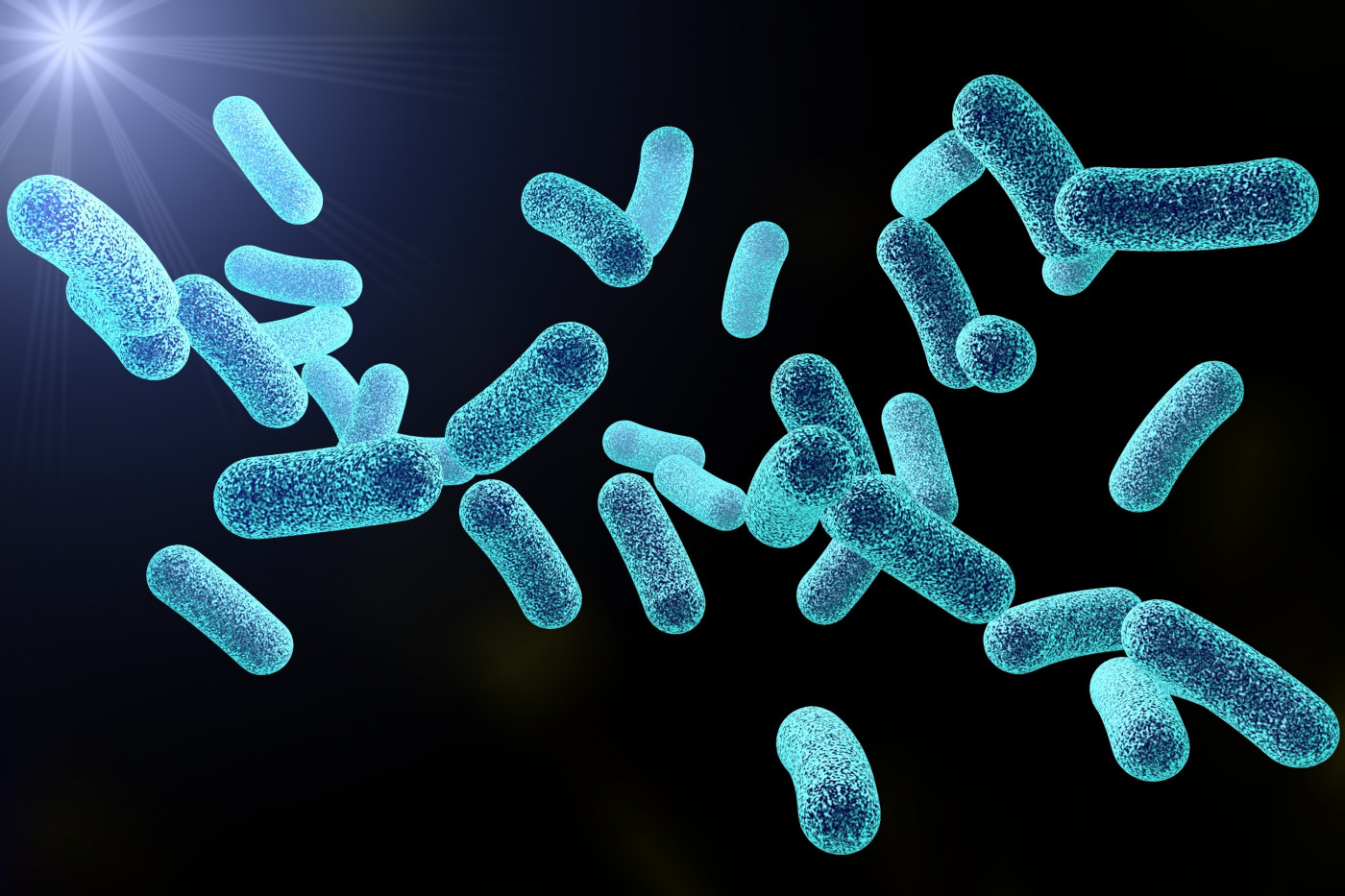Tobramycin Given in Nanoparticles May Best Treat P. aeruginosa

A new biomaterial made up of nanoparticles showed a potential to improve — by up to 100,000 times — the efficiency of tobramycin, an antibiotic used to treat cystic fibrosis (CF) patients with Pseudomonas aeruginosa infections.
Tobramycin, carried within a nanostructured material, completely eradicated P. aeruginosa infection in a model of CF bronchial epithelial cells after two doses.
“Tobramycin is commonly used to treat these infections but increasingly antibiotics are failing to make any significant difference to lung infections, leaving sufferers requiring life-long antibiotic therapy administered every month,” Chelsea Thorn, a PhD candidate at the University of South Australia and the study’s lead author, said in a university press release.
“Our research successfully treats advanced human cell culture lung infections using nano-enhanced Tobramycin and shows how it can eradicate serious and persistent infections after only two doses. This could be a real game-changer for people living with CF,” Thorn added.
The findings were in the article “Tobramycin Liquid Crystal Nanoparticles Eradicate Cystic Fibrosis‐Related Pseudomonas aeruginosa Biofilms,” published in the journal Small.
In people with CF, thick mucus in the lungs and digestive tract can build and create a setting for the development of infections. One of the most common infectious agents in CF is P. aeruginosa, a type of bacteria that clusters together and forms biofilms, which are highly resistant to antibiotic treatment.
Researchers in Australia report having developed a delivery system consisting of liquid crystal nanoparticles (LCNPs) that specifically release tobramycin.
The team showed that in a model of P. aeruginosa biofilms, 5 and 15 micrograms (mg)/mL of tobramycin delivered in LCNPs reduced the bacterial load by 100,000-fold, compared to the untreated biofilms serving as controls. The antibiotic alone was 100 times more effective at reducing the bacterial load.
At 60 mg/mL, tobramycin-LCNPs almost completely eradicated P. aeruginosa after a single treatment, representing a 100,000-fold reduction compared to the antibiotic alone.
Researchers also confirmed that tobramycin-LCNPs could penetrate P. aeruginosa biofilms, but not lung epithelial cells.
“It is demonstrated that the unique nanostructure of the LCNPs drives the enhanced penetration of [tobramycin] across the biofilm barrier, but not through the healthy lung epithelium barrier, significantly increasing the available antibiotic concentration at the site of infection,” the researchers wrote.
In a CF bronchial epithelial cell line infected with P. aeruginosa, a single 12 mg tobramycin-LCNPs nebulized dose showed an antimicrobial effect 100 times stronger compared to the antibiotic alone after 24 hours. By 48 hours, tobramycin-LCNPs had practically eradicated the biofilms from the cells, regardless of whether one dose had been applied or two.
Another important result was the fact tobramycin-LCNPs did not kill CF bronchial epithelial cells.
“Our technology improves the performance of Tobramycin without increasing the toxicity of the drug, so what we’re doing is a far more effective and efficient treatment for chronic lung infections,” said Nicky Thomas, PhD, the study’s senior author.
Overall, “the LCNPs are an innovative strategy to improve the performance of [tobramycin] as a directed pulmonary therapy, enabling the administration of lower doses, reducing the toxicity, and amplifying the anti‐biofilm activity of the anti‐pseudomonal antibiotic,” the researchers concluded.
According to the university’s release, pre-clinical trials have started, and the researchers expect that if all goes well, nebulized tobramycin-LCNPs may be commercially available in about five years.
More details about the formulation of LCNPs and their action are in the study “Protective liquid crystal nanoparticles for targeted delivery of PslG – a biofilm dispersing enzyme,” published in ACS Infectious Diseases.






